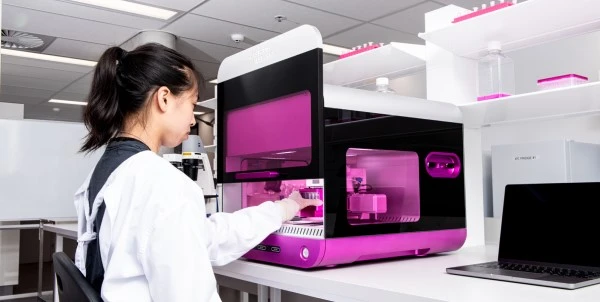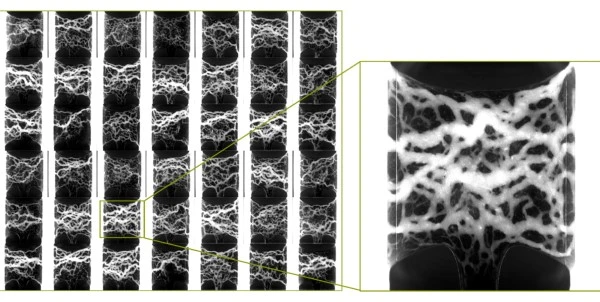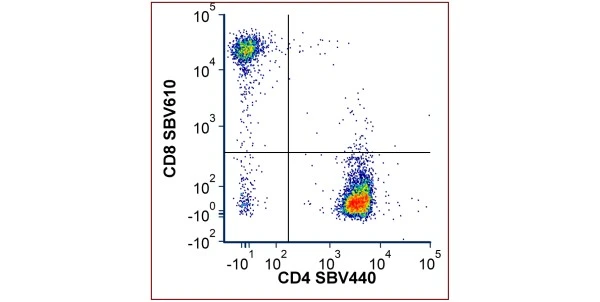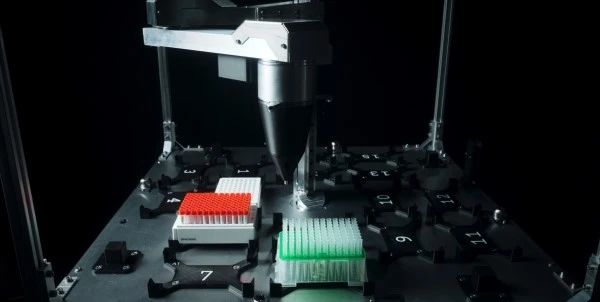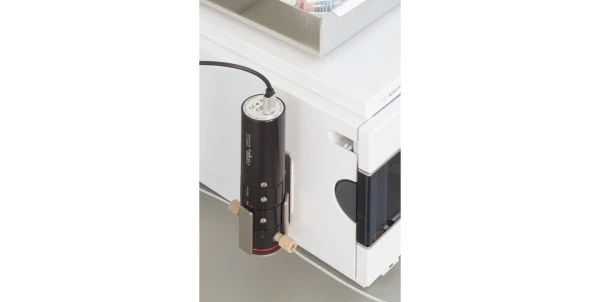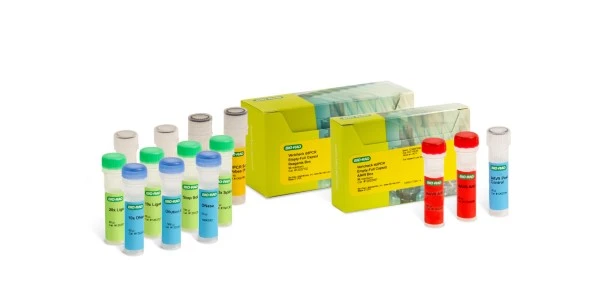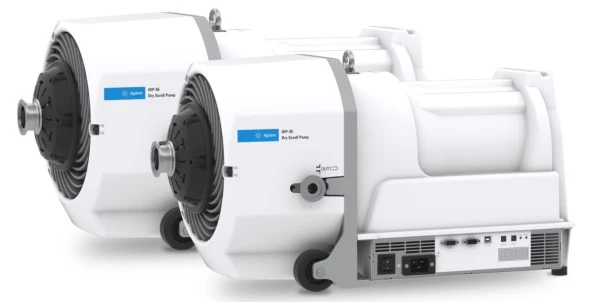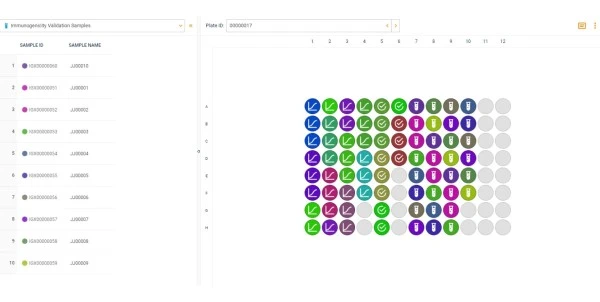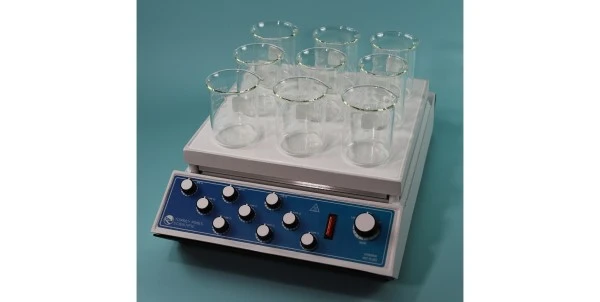
Microplate Technologies for the Modern Laboratory
As instruments have become more sensitive and efficient, the requirements for test sample volumes have dropped. Smaller volumes mean less space, less cost, and less time. At the same time experiments have evolved into multiplex, high content, high throughput formats based on increasingly complex instrument platforms. Technology innovation has been both the driver for decreased sample size as well as increased experimental complexity and scale.
Examples of this evolution can be seen in every corner of modern biomedical research. Microplate technologies are a perfect example. The small volume sample sizes allow multiple experiments and replicates to be run on a single plate. Universal plate configurations facilitate exchange between different instrument platforms and plate handling devices. The advancement of precision liquid handling has allowed high throughput sample prep and exchange of solutions within and between plates. All of this with the ability to scale up in complexity and throughput if so inclined.
Modern microplate instrumentation has turned single purpose instruments into multiplexing platforms, which in essence has brought many distinct testing technologies together under one lid. In this article we review three unique product lines which exemplify the efficiency and capability of modern microplate technology.
BioTek offers a range of microplate technology solutions, with products covering a wide spectrum from absorbance readers to fluorescence and luminescence imaging and microscopy devices.
- The 2017 50 TS microplate washer and the 800 TS absorbance detector represent substantial advances to already proven and successful platforms. These new arrivals are detailed in subsequent articles.
- The Cytation 5 cell imaging multi-mode reader is an innovative platform combining automated digital widefield microscopy with conventional multi-mode plate reading
- Features include patented hybrid optics, variable bandwidth monochromators for optimized fluorophore detection, 100 mW Alpha Laser for speed and performance-based Alpha assays, CO2-O2 control, incubation, and shaking for live cell assays.
- Along with BioTek's Gen5 software, the Cytation 5 automates the workflow from image capture, processing, and analysis in one platform.
- BioTek has termed this Augmented Microscopy, for the ability to integrate and automate all typical microscopy steps from image capture to publication quality data.
- Applications of the Cytation 5 include: live cell imaging, multi-mode reader applications, immunofluorescence, phenotypic assays, histology, and others.
Molecular Devices has a broad portfolio of microplate solutions that can be grouped into three main categories: microplate readers; microplate washers, handlers, and accessories; and high content imaging.
- The high content imaging platforms merge microplate-scale experimentation with high resolution microscopy to enable fast, robust, and detailed imaging solutions.
- The ImageXpress Micro Confocal High-Content Imaging System combines speed, sensitivity, and flexibility in one turnkey device. A wide range of objective lenses provides the resolution required for experimental systems -- from tissue-based imaging to 3D spheroid assays to cellular or intracellular process analysis.
- The ImageXpress Micro 4 High Content Imaging System offers unlimited configurability with exchangeable filters, wide range of objective lenses, environmental control, transmitted light, confocal imaging, and fludics options.
- Other instrument platforms include the Micro XLS and the Nano.
- MetaXpress, ImageXpress, and AcuityXpress software transforms complicated (automated) imaging into data analysis, hit identification, and lead validation results.
R & D Systems has a rich portfolio of assay reagents and detection solutions -- over 15,000 products encompassing 16 different categories. This includes everything from recombinant proteins, to antibodies and ELISAs, to flow cytometry workflow solutions and stem cell products. Many of reagent and kit offerings are geared for advanced microplate experimentation and analysis.
- Among the most popular products are the Luminex Assays and Luminex High Performance Assays designed for simultaneous detection and quantitation of multiple target analytes in complex samples types.
- Advantages of Luminex Assays include accurate, reproducible results for every analyte, as well as small volumes, low costs, and time savings -- necessary components for high throughput analysis.
- The assays are built around bead-based multi-analyte profiling using cell culture supernatants, serum, or plasma samples. The assays use multi-purpose reagents that allow the simultaneous detection of up to 50 biomarkers.
- Biomarker panels can be built from the catalog of over 450 analytes or can be selected from pre-configured Luminex Assay panels.
- The wide variety of analytes available cover a range of signaling pathways across a number of experimental models organisms.
- High performance Luminex Assays are meant to validate biomarker and sample types with a higher level of accuracy and precision.
- R & D offers Luminex instrumentation systems compatible with the Luminex products as well.
